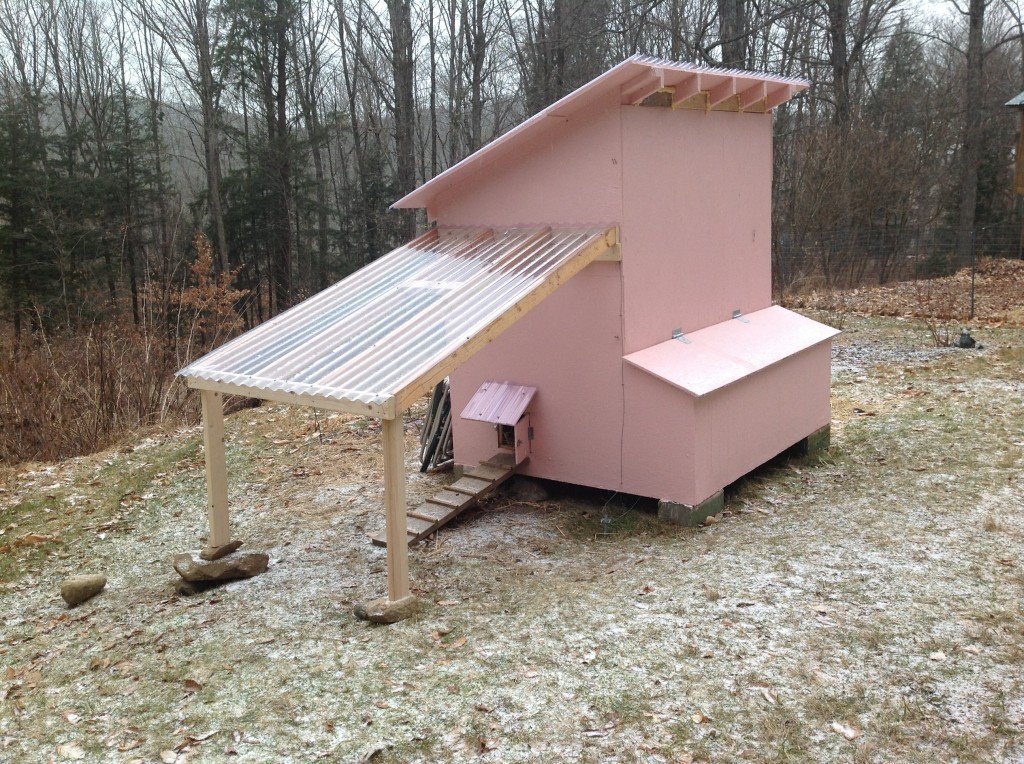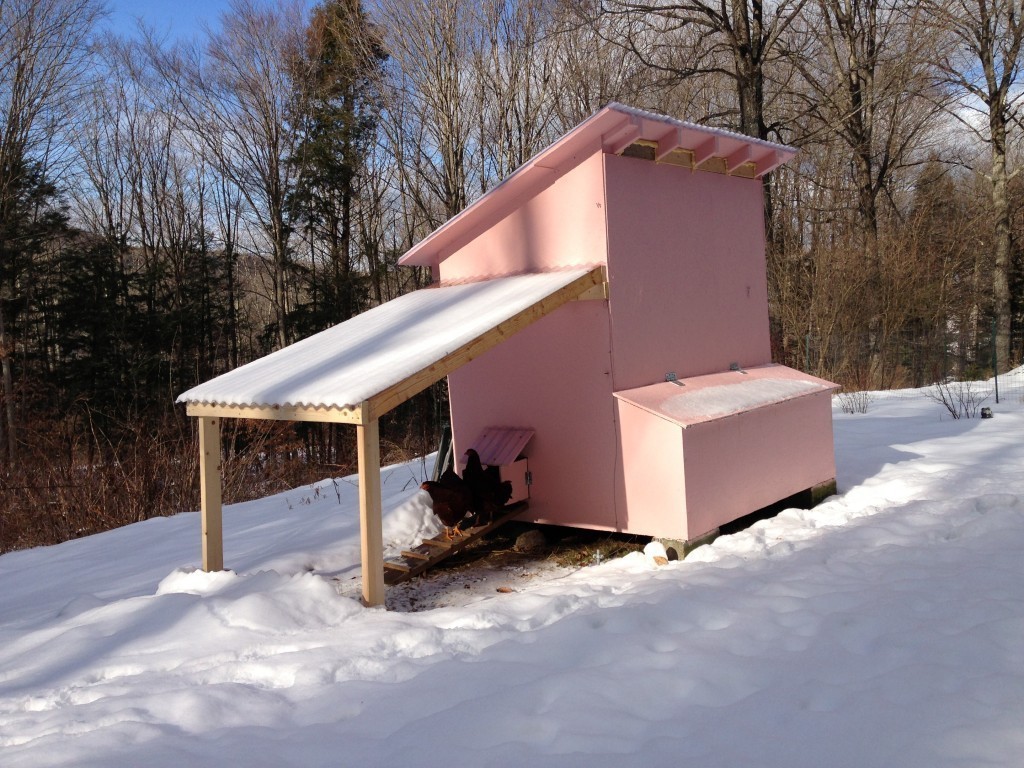I’m thinking about getting a snake scope to see if there’s any activity in there. I couldn’t hear anything by sticking my ear to the hive but they’ve slowed down so much I didn’t really expect to.
Generic English (U.S.) words and their sexual uses
One phenomenon that is extremely confusing for non-native English speakers is how the most generic words can be used to mean something sexual. Whenever I speak I’m a a state of second guessing what I’m saying.
- Do
As in “I did her”. Do you have any idea how prevalent “do” is? It took me years to master it; getting all of its nuances is a true test of English mastery. The last thing it needs is a sexual meaning that is so easy to let out in the most benign conversations.
- Have
As in “I’ll have her”. This one is actually hard to confuse with other uses of “have” as you rarely talk about a person belonging to another in any other context. But that’s a crazy common word.
- Sleep with
As in “I slept with her”. Did you have sex or did you just sleep in the same bed? Better not sleep in the same room as family or the conversation will be filled with incestuous innuendos.
- Come
“Ben, we’re leaving!” “I’m coming!” Does this mean I’m arriving now or later? God only knows.
- Cock/Caulk
If you are a gun enthusiast handyman raising poultry, don’t even try, find synonyms. These guys are pretty context specific but there are multiples of which they fit and as a result, they tend to show up a lot.
Now to be fair, the only other language I’m intimate with (French) has some of the same sexual meanings associated with generic words, but they are fewer and formulated in a way that removes any ambiguity.
Did I miss any?


